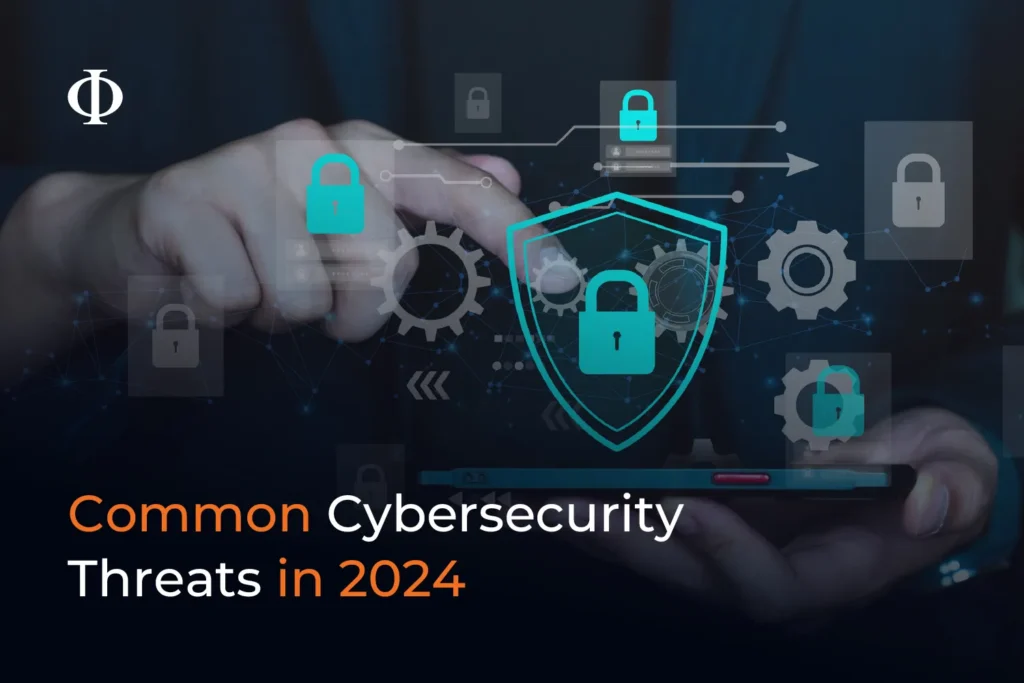Physical Address
304 North Cardinal St.
Dorchester Center, MA 02124
Physical Address
304 North Cardinal St.
Dorchester Center, MA 02124

To really grasp why cybersecurity exists and why everybody should know about it, let’s have a look at some eye-opening stats:
Source: Internet
And the list goes on for pages. The risks are enormous, so let’s understand more about cybersecurity and why it is important for businesses today to build an impenetrable cyber defense.

Cybersecurity is the discipline of protecting computer systems, networks, and data from digital attacks. It focuses on preserving confidentiality, maintaining system integrity, and ensuring continued service availability.
Cybersecurity is crucial for protecting individuals, businesses, and nations from a wide range of threats. Alarmingly, 60% of small businesses close down after experiencing a cyber attack. Effective cybersecurity safeguards sensitive data, ensures business continuity, maintains compliance, protects brand reputation, and upholds national security.
Cybersecurity is a multi-layered shield. Let’s explore the different layers that can make up this essential defense:
Network Security: Employing tools like firewalls, intrusion detection systems, and secure network architectures, it safeguards computer networks from unauthorized access, attacks, or misuse.
Information Security: Protects data from unauthorized access or alterations using encryption, data masking, and secure data storage practices.
Endpoint Security: Secures individual devices like laptops, smartphones, and tablets using tools such as antivirus and endpoint detection and response systems.
Application Security: Ensures software applications are free from vulnerabilities. It involves code reviews, vulnerability assessments, and integrating security features like authentication and authorization.
Cloud Security: Protects data, applications, and services hosted in the cloud. It includes managing identity, encryption, and implementing secure access controls.
Identity and Access Management (IAM): Manages who can access what within the organization, making sure only the right people access sensitive systems and data.
Operational Security (OpSec): Covers the protection of day-to-day operations, including monitoring, logging, and regular system updates.
Mobile Security: Focuses on protecting mobile devices and the data they store and transmit. It involves mobile device management (MDM), securing mobile apps, and using encryption.
Critical Infrastructure Security: Protects vital systems and networks essential to national security, the economy, and public safety. It includes safeguarding utilities, financial services, and transportation systems.

To keep your cyber defenses sharp, it’s essential to get clear on how vulnerabilities, threats, and risks differ:

Malware
Social Engineering
Web Application Attacks
Supply Chain Attacks
DoS and DDoS Attacks
MitM Attacks
AI-driven Attacks
IoT Vulnerabilities
AI improves cybersecurity by automating and improving various tasks:
AI can be your first line of defense against cyber threats. It uses predictive analytics to analyze past data and threat intelligence platforms to pull in insights from various sources. This helps you get a clear picture of what might be coming your way. By spotting vulnerabilities and unusual behavior early with behavioral analysis, you can take action before issues even start.
A recent study found that 31% of executives struggle to accurately identify the key cyber risks. With real-time monitoring systems, you can keep an eye on network traffic and system activities continuously. Advanced threat detection capabilities allow businesses to spot anomalies, detect unauthorized access, and identify sophisticated attacks and new malware that might slip past traditional defenses.
If a security incident does happen, AI is ready to spring into action. Automated response systems quickly isolate affected systems and block harmful activities to minimize damage. Incident response orchestration ensures all your security tools work together seamlessly, while forensic analysis and recovery tools help you understand what happened and get things back on track.
The cyber world can be a risky place, with new sophisticated threats popping up every day, ready to catch businesses off guard. A strong cyber defense is non-negotiable. iOPEX Technologies help you build it with robust cybersecurity solutions designed to anticipate and neutralize attacks before they inflict damage. We utilize GenAI capabilities to deliver real-time monitoring, proactive threat remediation, and comprehensive security management.
Leveraging iOPEX’s security operations center, network operation center, remote monitoring and management, incident response service, or IT service desk offerings can seamlessly integrate security into your business, operations, and people. Enhance your cybersecurity posture. Visit iOPEX Technologies for more information and to connect with cybersecurity experts today.